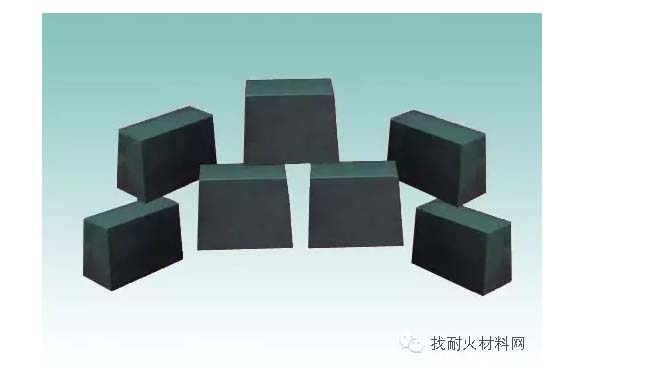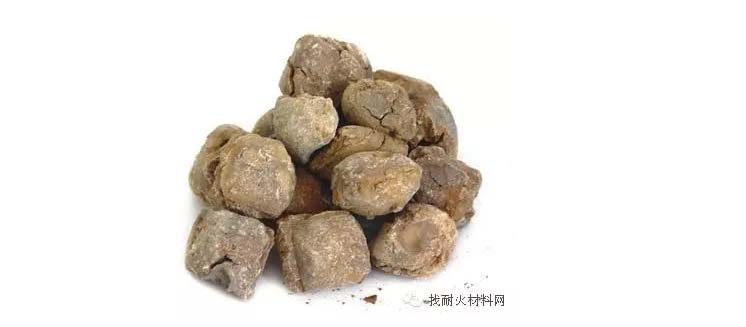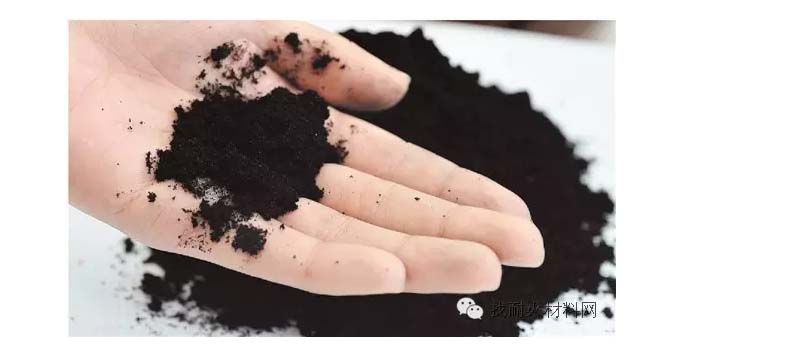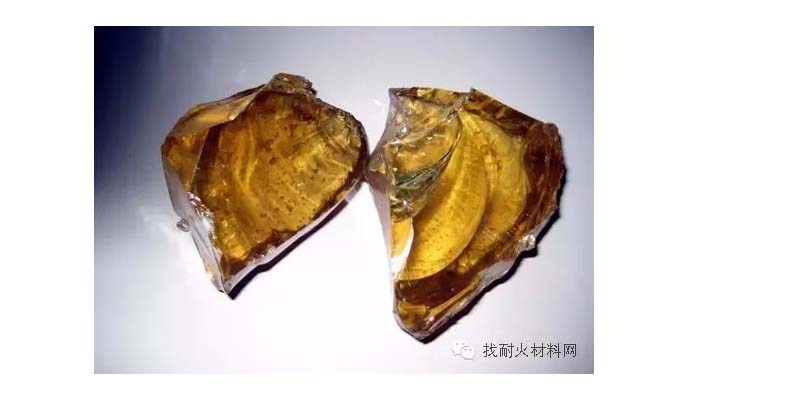Four Technological Factors Affecting the Properties of Magnesium Carbon Brick Refractories
Mg-C brick is a kind of high melting point carbon material, which is made up of high melting point basic oxide magnesium oxide ( melting point 2800℃) and hard to be corroded by slag, adding various non-oxide additives. A non-charcoal composite refractories formed by combining carbonaceous binders. MgO-C brick is mainly used in the lining of converter, AC electric arc furnace, DC electric arc furnace, slag line of ladle, etc.
The main factors affecting the properties of magnesia-carbon brick are raw materials, binders, additives, etc.


The magnesia-carbon bricks were first produced in foreign countries with high purity sintered magnesia. With the further study of the use of magnesia-carbon bricks, the following reactions were found at high temperature:
MgO+C→Mg↑+CO↑
This reaction usually begins at1650℃and intensifies at1750℃, This is one of the important reasons for the wear and tear of magnesia-carbon brick during use, and is also the reason why the consumption loss of magnesia-carbon brick is obviously increased above 1700℃. The impurity SiO_2, Fe_2O_3 in magnesia can promote the reaction, therefore, it is hoped that magnesia has a high purity.

The crystallized structure of fused magnesia is more complete than that of sintered magnesia, Reduction of carbon is also more stable, especially in the case of large-crystallized fused magnesia, so the production of magnesia-carbon bricks has shifted to the use of fused magnesia. In consideration of the bond state of carbon and the wettability of the binder, the magnesia sintered magnesia can also be used by electric melting magnesia. The magnesia-carbon bricks in China are basically fused magnesia.
The results of use of magnesia-carbon brick show that magnesite with high content of MgO, large crystallite grain and higher ratio of Ca to Si is the best way to produce magnesia-carbon brick.

Graphite is another basic component of magnesia-carbon bricks. Graphite has good basic properties of refractories. Main physical and chemical indexes: fixed carbon 85~ 98 Ash was 13~ 2 (Sio2, Al2O3, etc.), relative density was 2.09~ 2.23, melting point was 3640K (volatilization). Because graphite is very easily oxidized, it has not been paid much attention for a long time.

There are three reasons for the oxidation of graphite during the use of magnesia-carbon bricks:
(1) the oxidation of graphite by oxygen in the air;
(2) oxidation of graphite by oxides in slag;
(3) the oxidation of graphite by the impurity oxides contained in the graphite itself. These oxides refer mainly to Sio2 and Fe2O3.
After the reaction of the impurity oxide and graphite in magnesia-carbon brick, the structure of the brick is loose, the permeability increases and the strength decreases, which is the internal cause of the damage of magnesia-carbon brick. Therefore, most of the magnesia-carbon bricks are made of graphite with high purity and large crystalline phosphorous flakes.

Binders are important for magnesia-carbon bricks and other carbon-containing refractories. There is no miscibility between graphite and refractories, nor can they be sintered with each other. At room temperature, they must be bonded and solidified by the binder. At high temperature, the binder will be coked, and graphite will form a combination of carbon, commonly referred to as resin, pitch and other organic matter. The amount of carbon formed by carbonizing the bond at high temperature is not much, but it is the most active component in magnesia-carbon brick or other carbon-containing products, which has important effect on the high temperature property of the product. The production process and product quality of magnesia-carbon brick or other carbon-containing products in China is not stable, one of the important reasons is the instability of binder.

Magnesium-carbon brick binder can be divided into three types: phenolic resin, modified asphalt, petroleum cracking by-products, among which phenolic resin is the most effective and the most frequently used one.

The oxidation of graphite is one of the most important factors in the destruction of magnesia-carbon brick. The structure of brick is loose and the strength is decreased because of the loss of carbon by oxidation. The damage process follows the path of oxidation and loss of carbon→structure loose→erosion→scour and dissolution. In order to improve the oxidation resistance of magnesia-carbon bricks, a certain amount of additives can be added, Including silicon powder, aluminium powder, FeSi alloy, CaSi alloy, SiC, Si3N4, B4C, etc. Another function of the additive is to bypass between the refractory oxide and the graphite to form a firm bond between the graphite and the refractory oxide due to the addition of a new mineral phase at a certain temperature.
China produces magnesia-carbon brick and other phosphorous refractory products, the most commonly used additives are aluminium powder, silica powder and SiC powder.







 TEL
TEL SERVICES
SERVICES MAP
MAP TOP
TOP